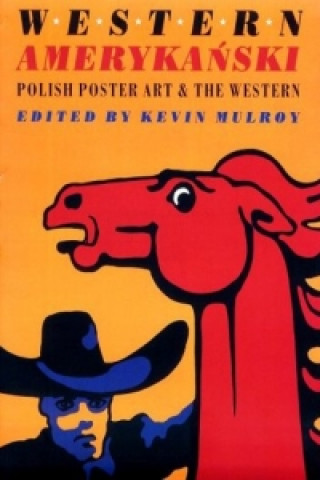
Kód: 04874331
Western Amerykanski
The figure of Gary Cooper as the proud frontier sheriff striding down the street in the 1952 American Western High Noon is as much a symbol of dignity and courage in contemporary Poland as it is in the United States. In 1989, for ... celý popis
- Jazyk:
 Angličtina
Angličtina - Vazba: Brožovaná
- Počet stran: 240
Nakladatelství: University of Washington Press, 1999
- Více informací o knize

1101 Kč
Dostupnost:
50 % šance Máme informaci, že by titul mohl být dostupný. Na základě vaší objednávky se ho pokusíme do 6 týdnů zajistit.
Máme informaci, že by titul mohl být dostupný. Na základě vaší objednávky se ho pokusíme do 6 týdnů zajistit.Prohledáme celý svět
Mohlo by se vám také líbit
Darujte tuto knihu ještě dnes
- Objednejte knihu a zvolte Zaslat jako dárek.
- Obratem obdržíte darovací poukaz na knihu, který můžete ihned předat obdarovanému.
- Knihu zašleme na adresu obdarovaného, o nic se nestaráte.
Informovat o naskladnění knihy
Zadejte do formuláře e-mailovou adresu a jakmile knihu naskladníme, zašleme vám o tom zprávu. Pohlídáme vše za vás.
Více informací o knize Western Amerykanski
Nákupem získáte 110 bodů
 Anotace knihy
Anotace knihy
The figure of Gary Cooper as the proud frontier sheriff striding down the street in the 1952 American Western High Noon is as much a symbol of dignity and courage in contemporary Poland as it is in the United States. In 1989, for Poland's first free election since the Communist takeover, the political party Solidarity dramatically and successfully used that image of Cooper on a campaign poster urging voters to respond to their country's own 'high noon' - their critical moment of decision. The Western motion picture, from its silent days on, exported an epic vision of America.William S. Hart, John Wayne, James Stewart, Henry Fonda, Gregory Peck, Clint Eastwood, and Kirk Douglas became legendary heroes throughout the world, and especially in Poland. In postwar Poland, film poster artists employed the universally recognized symbols of the Western - horse, six-shooter, boots, tin-star badge, Stetson, saddle - to convey violence as a negative force. Unlike many other art forms, the film poster did not fall within the censor's domain because it was not expected to pose a threat to the social order. But messages were conveyed through subtle means of symbol and color.The Polish poster has been likened to the Trojan horse, with the artist smuggling messages onto the streets in the guise of ephemera. The posters displayed so strikingly in this book, and discussed in three essays, are from the golden age of Polish poster-making, the mid-1940s to the 1970s. They are part of the collection assembled by the Autry Museum of Western Heritage, the Western poster holdings of which include more than a hundred created in Poland - the largest such collection outside of Poland itself.Kevin Mulroy is director of the research center at the Autry Museum of Western Heritage in Los Angeles. Other contributors include Edward Buscombe, former head of the British Film Institute in London; Frank Fox, a former professor of Eastern European history and expert on Polish poster art; Mariusz Knorowski, international programs coordinator at the Center of Polish Sculpture in Oronsko and former curator of the Polish Poster Museum in Wilanow; and translator Aneta Zebala, a paintings conservator in Santa Monica, California.
 Parametry knihy
Parametry knihy
Zařazení knihy Knihy v angličtině Society & social sciences Society & culture: general Cultural studies
1101 Kč
- Plný název: Western Amerykanski
- Podnázev: Polish Poster Art and the Western
- Jazyk:
 Angličtina
Angličtina - Vazba: Brožovaná
- Počet stran: 240
- EAN: 9780295978130
- ID: 04874331
- Nakladatelství: University of Washington Press
- Hmotnost: 1461 g
- Rozměry: 7765 × 5830 × 25 mm
- Datum vydání: 01. November 1999
Oblíbené z jiného soudku
-

Sapiens
265 Kč -
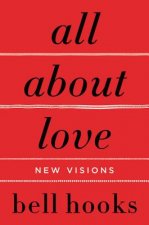
All About Love
303 Kč -
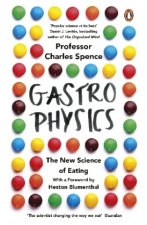
Gastrophysics
306 Kč -
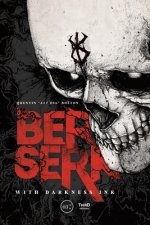
Berserk: With Darkness Ink
586 Kč -
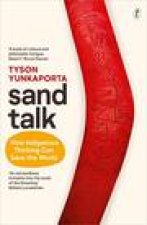
Sand Talk: How Indigenous Thinking Can Save The World
449 Kč -

Electric Kool-Aid Acid Test
405 Kč -

Psychology of Harry Potter
428 Kč -
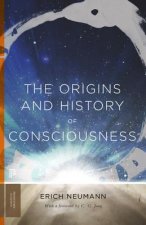
Origins and History of Consciousness
547 Kč -
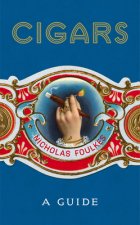
Cigars: A Guide
670 Kč -
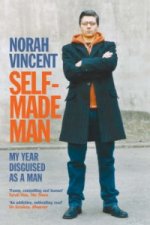
Self-Made Man
306 Kč -
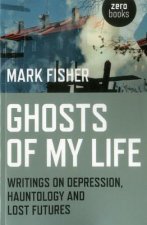
Ghosts of My Life
385 Kč -
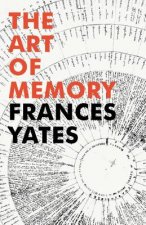
Art of Memory
517 Kč -
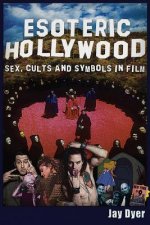
Esoteric Hollywood:: Sex, Cults and Symbols in Film
428 Kč -
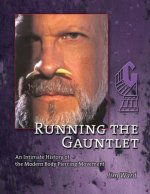
Running the Gauntlet
791 Kč -
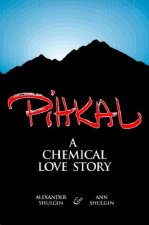
Pihkal
693 Kč -

Notes on Camp
90 Kč -
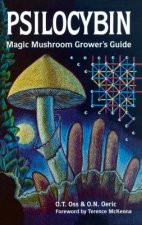
Psilocybin Magic Mushroom Guide
424 Kč -
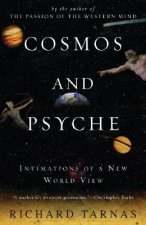
Cosmos and Psyche
462 Kč -
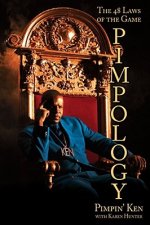
Pimpology
363 Kč -

How to Invent Everything
670 Kč -
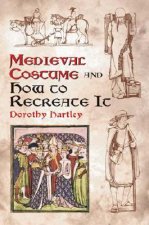
Medieval Costume and How to Recreate it
303 Kč -

Cultures and Organizations: Software of the Mind, Third Edition
771 Kč -

Reality is Broken
358 Kč -

Cannabis Breeder's Bible
473 Kč -
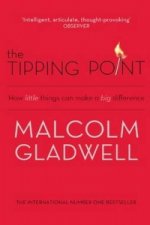
The Tipping Point
306 Kč -
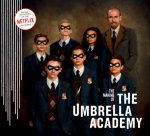
Making of The Umbrella Academy
967 Kč -

Should We Eat Meat? - Evolution and Consequences of Modern Carnivory
1023 Kč -
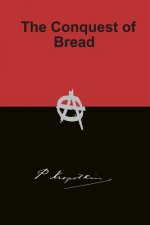
Conquest of Bread
298 Kč -

Fashionable Nonsense
518 Kč -

Traditional American Tattoo Design
582 Kč -

You and I Eat the Same:
393 Kč -

Pure Invention
663 Kč -
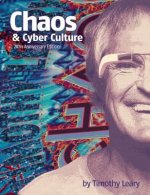
Chaos and Cyber Culture
535 Kč -
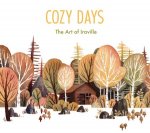
Cozy Days
661 Kč -

Ways of Curating
303 Kč -
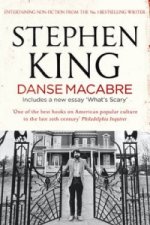
Danse Macabre
303 Kč -

Coddling of the American Mind
690 Kč -
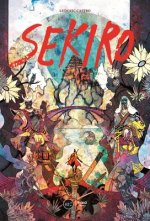
Sekiro: The Second Life Of Souls
679 Kč -
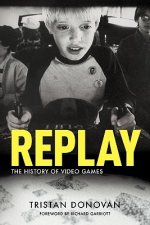
Replay: the History of Video Games
590 Kč -
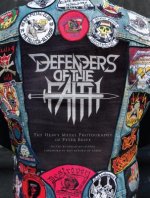
Defenders of the Faith
839 Kč -

Vogue Covers: On Fashion's Front Page
544 Kč -
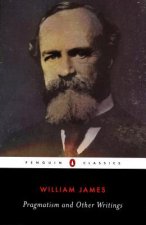
Pragmatism and Other Writings
357 Kč -
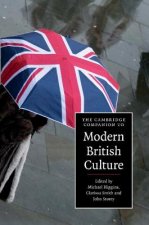
Cambridge Companion to Modern British Culture
970 Kč -

Feast for the Eyes
1341 Kč -
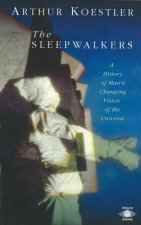
Sleepwalkers
495 Kč -
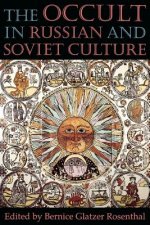
Occult in Russian and Soviet Culture
1229 Kč -
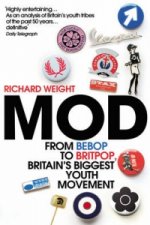
MOD
410 Kč -
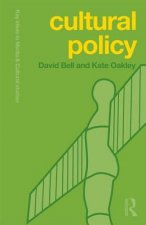
Cultural Policy
1070 Kč -
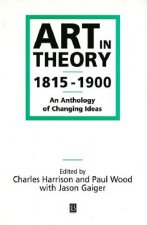
Art in Theory 1815-1900
2572 Kč
Osobní odběr Praha, Brno a 12903 dalších
Copyright ©2008-24 nejlevnejsi-knihy.cz Všechna práva vyhrazenaSoukromíCookies




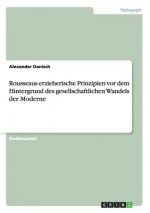
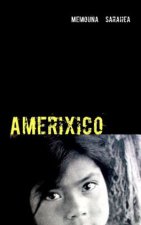
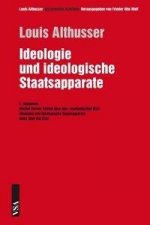
 Vrácení do měsíce
Vrácení do měsíce 571 999 099 (8-15.30h)
571 999 099 (8-15.30h)